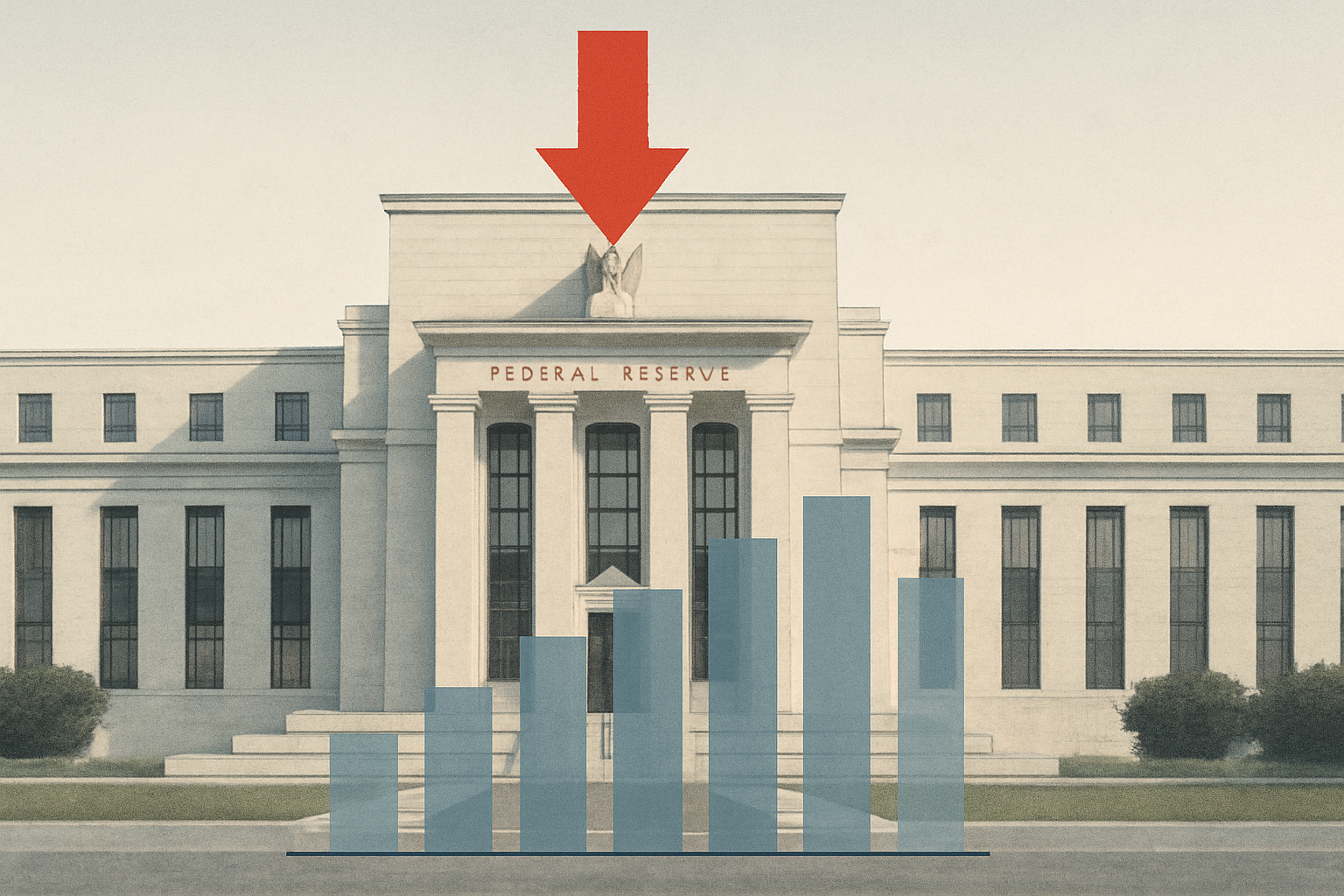The Federal Reserve has finally done it. After keeping the economy on high interest rate life support for what feels like forever, Chair Jerome Powell and company have cut rates by 25 basis points, bringing the federal funds target to 4-4.25%.
This isn't just any rate cut. It's the first downward adjustment since the pandemic chaos of 2020, marking what might be—emphasis on might—the end of the most aggressive tightening cycle we've seen since the Volcker era.
I've been covering Fed decisions since the days when Alan Greenspan's briefcase size was considered a legitimate economic indicator. Trust me when I say this particular cut has a different feel to it.
What struck me most during Powell's press conference wasn't what he said but his demeanor. Gone was the stern inflation fighter of 2022-2023. In his place stood a central banker genuinely concerned about employment trends. The shift was subtle but unmistakable.
Reading Between the Lines
The decision wasn't unanimous. Stephen Miran pushed for a more aggressive 50 basis point cut—the monetary policy equivalent of saying "let's skip dinner and go straight to dessert." His dissent speaks volumes about growing concerns regarding economic momentum.
"The dissent is actually the most interesting part of this whole story," a former Fed economist told me yesterday. "It signals there's real debate happening behind those closed doors."
The statement released alongside the decision was... careful. The Fed noted that "downside risks to employment have risen," which, translated from central bank-speak to English, means "we're getting worried about jobs, folks."
Look, the Fed doesn't make these pivots lightly. They've spent two years being accused of being behind the curve on inflation. Now they're clearly willing to risk being called dovish rather than accidentally breaking something in the economy by keeping rates too high for too long.
The Dots That Connect (Or Don't)
The famous—or infamous, depending on your perspective—dot plot showed Fed officials roughly split on whether we'll see one or two more cuts this year. Nine members favor just one more cut, while ten see two on the horizon.
These projections, by the way, are about as reliable as weather forecasts for next month. They represent the best guesses of very smart people working with incomplete information. (Haven't we all been there?)
Having watched Powell navigate both hawkish and dovish policy environments, I can tell you he's masterful at maintaining optionality. Today was no exception. He left himself room to cut more aggressively if needed while simultaneously reassuring markets that they're not panicking.
Markets Respond With a Collective "Meh"
Wall Street's reaction was... understated. Most of this cut was already baked into asset prices, which explains why your retirement account didn't suddenly balloon today.
What's more interesting—and I've checked with several traders who confirmed this—is how the market is starting to price in the entire cutting cycle. The consensus seems to be that we're heading toward a federal funds rate of around 3-3.25% by the end of 2025. Not exactly zero, but certainly more accommodative than where we've been.
Housing markets might finally exhale. After months (years?) of mortgage rates that made potential homebuyers look like they'd just bitten into a lemon, this could be the beginning of a thaw. Not a melt, mind you—more like moving from deep freeze to regular refrigerator temperature.
The Powell Put Lives Another Day
Remember when everyone was debating whether the "Powell Put" still existed? Well, today's decision suggests it's alive and well.
For the uninitiated (and bless you for reading this far if you're among them), the "Powell Put" refers to the market's belief that the Fed will step in to prevent significant economic damage. It's the modern version of the "Greenspan Put" from the late 1990s and early 2000s.
The Fed is clearly worried enough about the labor market to risk some potential inflation overshoot. This is the eternal balancing act they face—tighten too much and crush employment; loosen too quickly and watch inflation return like an unwelcome houseguest.
What Comes Next?
The coming months will tell us whether this cut was prescient or premature. The economic data will be scrutinized even more intensely than usual (if that's possible).
Will inflation continue its downward trend? Will job growth stabilize? These questions will determine whether September's cut was the beginning of an aggressive easing cycle or just a cautious adjustment.
I'm particularly interested in what happens with long-term rates. Sometimes—and this is one of those delightful economic paradoxes—long-term rates can actually rise after the Fed starts cutting. Why? Because markets start pricing in stronger future growth and, potentially, higher future inflation.
If 10-year Treasury yields start climbing even as the Fed cuts short-term rates, that would tell us something important about market expectations. It would suggest investors believe the Fed has done enough to avoid recession without surrendering on inflation.
Until then, borrowers get a bit of relief, savers grumble about diminishing returns, and economic commentators (guilty as charged) will continue parsing every Fed word as if it contained the secret to financial enlightenment.
Because in the end, that's what makes covering the Fed so fascinating—and occasionally maddening. Just when you think you understand the pattern, they change the rules of the game.
